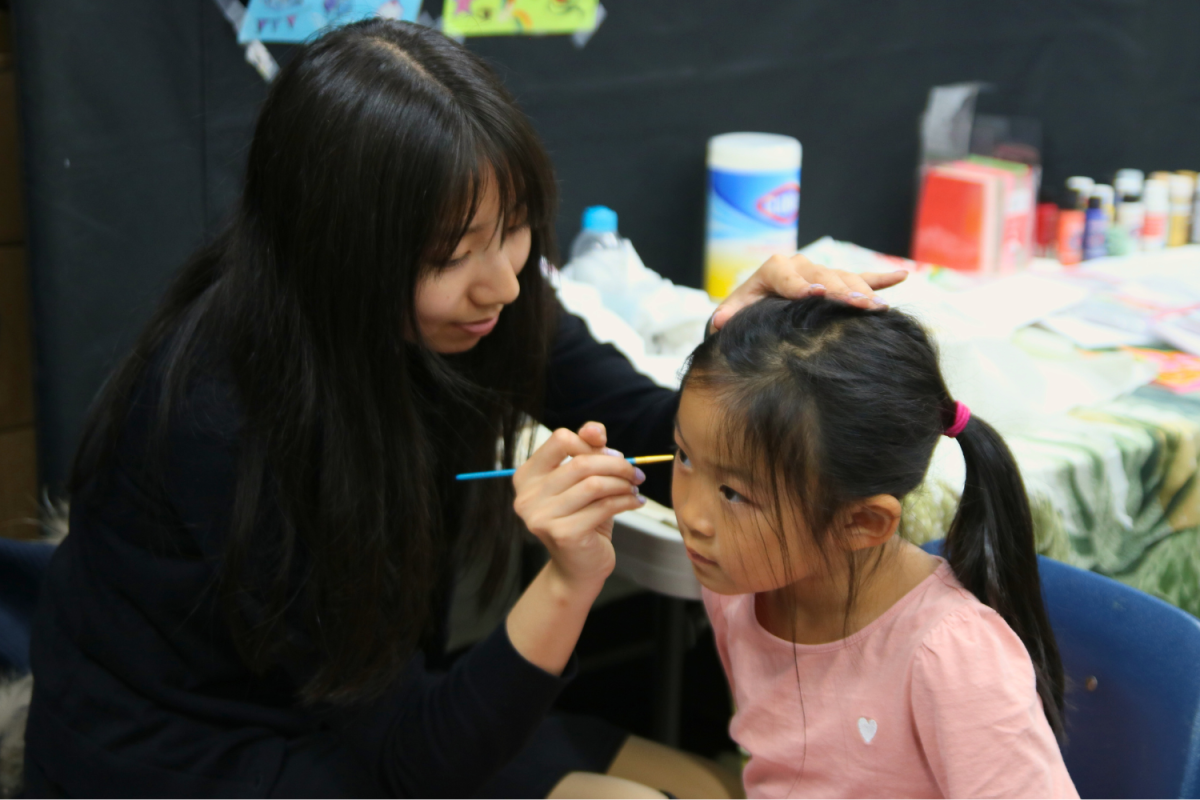Mid-winter break, otherwise known as ski week, encouraged many students and their families to travel to different destinations around the globe. However, the tourism industry has many negative impacts on the environment.
Tourism contributes over 5% of the world’s greenhouse gas emissions (GHGs)—which may not seem like much, but it amounted to 1.6 billion tons of carbon dioxide emissions in 2016 alone.
The transportation aspect of traveling makes up 75% of the emissions created from tourism, according to the World Tourism Organization, a United Nations agency. Modes of transit, such as planes, trains, and automobiles typically rely upon non-renewable sources of energy, such as fossil fuels.
“Whenever you travel, whether you fly, sail, or drive you’re going to be releasing greenhouse gases. There are also secondary and tertiary effects of transit like how car maintenance requires new parts. Car manufacturing, plane manufacturing, and oil spills all come from the central fact that we need oil for gasoline in order to drive,” said Michael O’Neall, an AP environmental science and biology teacher at Carlmont.
People also tend to leave trash wherever they visit, leading to heavy plastic pollution in popular tourist destinations such as beaches. For example, a study from researchers at the Institute of Environmental Science and Technology at the Universitat Autònoma de Barcelona (ICTA-UAB), found that during the summer, 5.7 times more items of trash were collected from highly popular tourist beaches in the Mediterranean than during the low season, when tourism dies down.
“One of the issues with tourism’s impact on the environment is the consumerism—unhealthy amounts of consumption of goods that aren’t necessary. There’s lots of littering and pollution. You just have to be mindful and treat the places you travel to like you treat your home,” said Aran O’Sullivan, the president of the Green Team club at Carlmont, which is dedicated to encouraging students to be more sustainable.
Tourism also encourages corporations to build more hotels and resorts, which can often displace native plants, animals, and, most importantly, people.
“I’ve been to places where you can tell that the town has been built where the natives used to live, not even necessarily just indigenous peoples, but just people who used to live and work there, where now it’s just a tourist trap,“ O’Neall said.
According to O’Neall, the companies that contribute massive amounts of emissions, like those in the tourism industry, should mediate their impact on the environment. It may take government regulation to encourage corporations to make these changes though.
“I don’t think corporations are doing enough. We need government incentives to say ‘Hey, you can’t release this level of carbon dioxide.’ It would help if we had some type of carbon tax or limitation on the amount of carbon that can be produced,” O’Neall said.
The vast majority of your footprint is not any choice you make. There are things we should do, like living as green as possible, but past that I don’t think people should feel bad. You’re going to have to drive a car, you’re going to need to buy food at a supermarket, you’re going to need to buy some fruits that are out of season. You need to do what you need to do to survive. Do the best you can but don’t hate yourself because you can’t do more. — Michael O'Neall
O’Neall also argues that there is an overemphasis on the individual’s responsibility for their carbon footprint and the emissions they indirectly help produce.
“The vast majority of your footprint is not any choice you make. There are things we should do, like living as green as possible, but past that I don’t think people should feel bad. You’re going to have to drive a car, you’re going to need to buy food at a supermarket, you’re going to need to buy some fruits that are out of season. You need to do what you need to do to survive. Do the best you can but don’t hate yourself because you can’t do more,” O’Neall said.
Additionally, money often factors into how sustainable the choices people make can be, as more environmentally friendly products such as glass jars and electric cars typically cost more than their plastic, fossil fuel counterparts.
“A lot of companies purposefully point out that you’re not doing enough, so that you won’t push for them to change. I can say, ‘Hey, don’t use plastics,’ but if everything a company makes is plastic then there’s no alternative. It also comes down to the problem of environmental justice, where, generally, the people affected by these things the most are the ones with the least ability to create change. If you’re not making a lot of money, you’re not able to pay more for the sustainable option—and you shouldn’t feel bad for that. It’s a systemic issue,” O’Neall said.
Ultimately, both consumers and corporations shoulder the burden of humanity’s impact on the environment, even if consumers aren’t necessarily at fault for GHG emissions.
“I honestly think that individual consumers and large companies both have a role in environmental conservation and preservation. If enough individuals participate in boycotts and show that environmental concerns are something to prioritize, then these companies are going to have to listen or else they’re going to lose money,” said Misha Patel, who is part of the leadership team for the Sequoia Union High School District Sustainability Committee.
Patel also advocates for more education for consumers about climate change and sustainability.
“One of the main underlying causes of environmental issues as a whole is just a lack of education. People don’t really know what’s going on. If they did, they could consume things accordingly and force these companies to comply with demands for sustainability,” Patel said.
As the threat climate change and global warming pose to humans and ecosystems across the world grows, environmentalists argue it is more important than ever to lower emissions and decrease the depletion of natural resources. Changing the way people approach tourism is a part of that.
“The most important aspect of being a responsible tourist is planning. If you plan your flights and destinations ahead of time, you can find better flights and avoid overcrowding popular sites. Overcrowding puts pressure on the ecosystems you are touring and can also ruin your experience. For example, tourists might step outside of trails and damage habitats. Also, it’s always good to do things like carpool and use more eco-friendly cars. These might appear as minor choices without much impact, but anything can make a difference,” said Natalie Su, the vice president of Green Team at Carlmont.
Another way of approaching tourism in a more environmentally friendly way is to stay with native families.
“I’ve been to Peru and there are a lot of places where you can stay with a family for a few nights, which is environmentally much better because you’re not building new hotels. It’s also better tourism because instead of just going to buy things, you’re going to actually learn, experience, and understand the world more,” O’Neall said.
However, despite all of its environmental impacts, travel still offers many people irreplaceable experiences.
“Travel is so important to understanding other people and other cultures, so you can’t tell people to stop traveling,” O’Sullivan said. “Though if you are traveling, it should be as a means of exploring other cultures and their values, not just the experiences that travel companies sell you.”























